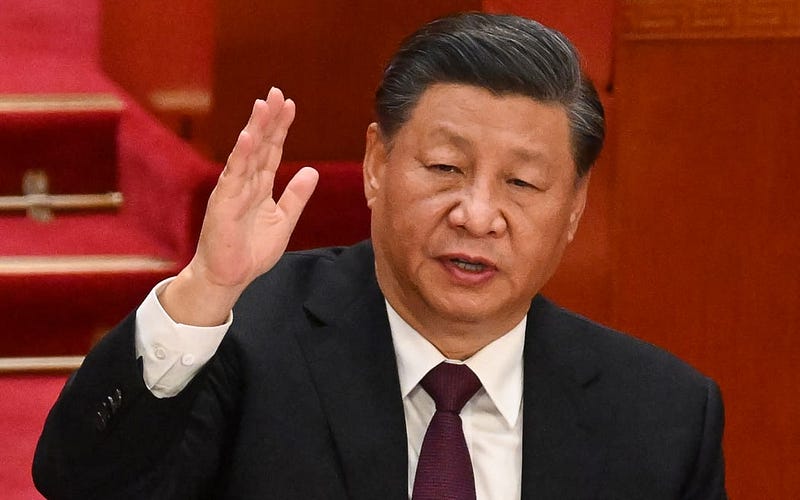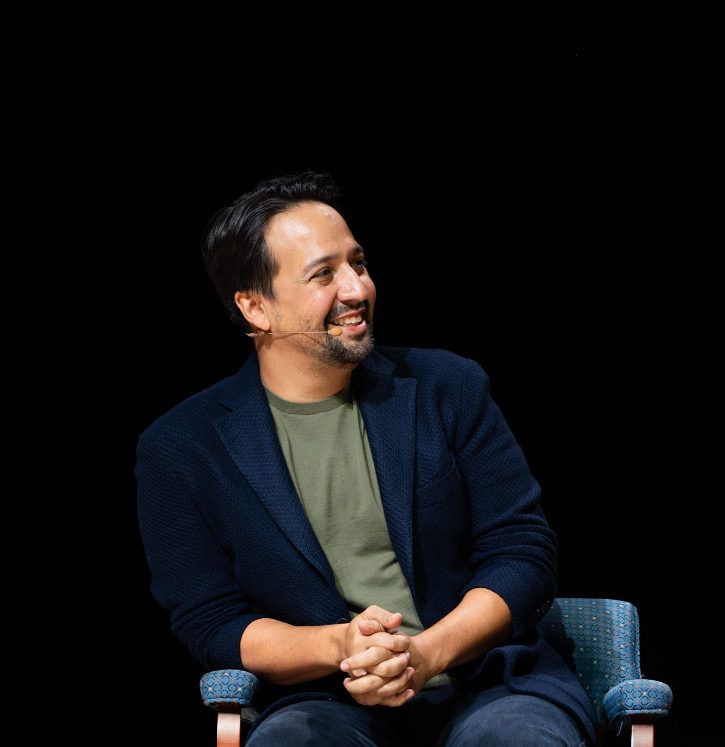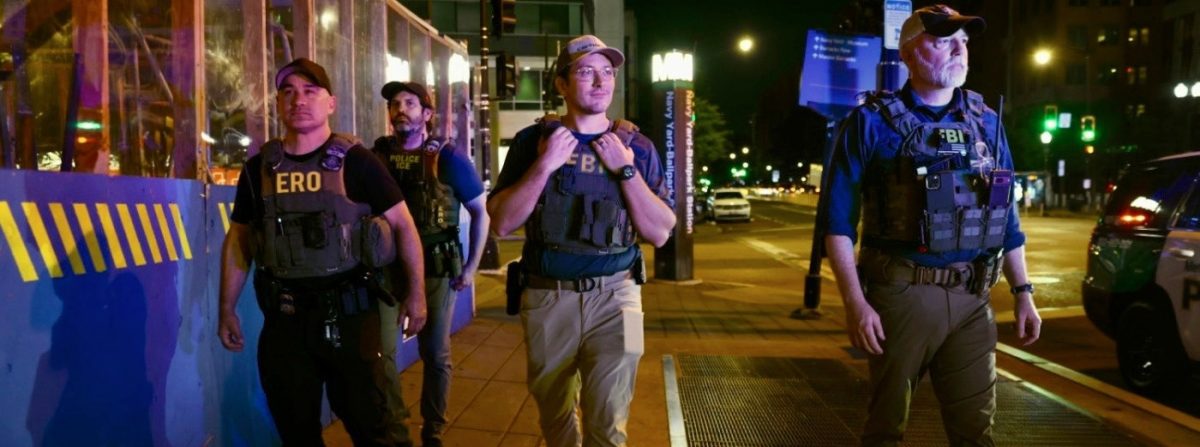
“Communist Party, out!” For anyone remotely familiar with the 1989 Tiananmen Square protest, these words are sure to bring up memories of a past tragedy at the heart of the world’s second most authoritative state. Three decades back, students bravely took to the streets of Beijing’s Chang’an Boulevard, calling for the removal of China’s de facto leader at the time, Deng Xiaoping. Raucous, united and ebullient, China’s cries for freedom were met with unhinged government repression. This left a future generation of Chinese citizens physically and psychologically scarred from the affair, a distant reminiscence better left in the past for anyone having experienced its blatant brutality.
Rising from its grave, China’s bravery vis-à-vis defying President Xi Jinping’s government resurfaced. On the night of Nov. 24, 2022, a fire broke out in an Ürümqi apartment, killing 10 people and injuring countless more.
USA News
reported that hundreds of Chinese protesters, angered due to strict COVID restrictions limiting mobility which increased the fire rescue’s response time, flooded the Xinjiang city’s streets. Before midnight, resentment towards the nation’s “Zero-COVID” policy had spread to the country’s two largest metropoles, Shanghai and Beijing. While initially wanting change to the particularly stringent COVID-19 policy, intense frustration reached a critical summit when Chinese people expressed the need for a regime change. Protestors in Beijing held up blank sheets of paper while chanting anti-government slogans such as “Communist Party, Step Down!” and “Out with Xi Jinping!,” a direct reference to Chinese people’s inability to openly criticize their own government. As reported by
Politico
, this initiative sparked a nickname for the protests: the “White Paper Revolution.”
CNN
observed that Shanghai protestors joined together in singing the anthem for China’s left-wing socialist movement, “L’Internationale,” before shouting “We want freedom!” At universities across the country, students joined the demonstrations in unison despite risking their lives, painting on their class walls statements such as “open your eyes and look at the world. Dynamic zero COVID is a lie.” In the span of 72 hours, Xi’s COVID-19 restrictions pushed his citizens to the brink of revolt, effectively charting a path of dissent and anti-authoritarianism rarely seen before.
When the world was first exposed to the COVID-19 virus, the West was quick to point fingers at the country within which this global scourge began: China. Beginning in early 2019, Xi’s regime confined upwards of 11 million people to their homes, consequently shutting down any remanence of face-to-face social interaction. In the wake of this critical first step, China enforced mass testing, quarantining of contaminated individuals and imposed strict curfews on a nationwide scale, according to
VOA News
. Parallel to the majority of the Western world, China looked upon the COVID-19 virus with a deep responsibility to protect its people through the reduction of COVID-19 affiliated cases and deaths. Over the next few months, international progress was abundant. As countries swayed between temporary lockdowns and curfews, Pfizer, Moderna and Johnson & Johnson vaccines became publicly available, allowing for the West to ease its way back into a semi-normal lifestyle. Despite the emergence of often more contagious variants, boosters quelled COVID-19 fears, businesses reopened, students went back to in-person school and humans worldwide felt ready to safely flip a page of humanity’s 21st-century history. That is,
almost
all humans.
True to the blueprint of an authoritarian regime, China has acted differently from the rest of the world. Over 1400 days after the start of 2019, Xi has yet to return to reality. His citizens are still plagued with “Zero-COVID” policies, including lockdowns leading to widespread food shortages, a practical complete shutdown of the economy and persistent testing, as claimed by
The New York Times
. Stripped of their basic human needs, it now seems blatantly clear why the country of China has become a volcanic hotspot for potent sociopolitical and economic dissent.
As of Dec. 6, 2022, Tiananmen’s repressive history has yet to repeat itself.
TIME Magazine
has described China’s response as conservative, including deploying police forces to contain cases of violence, monitoring cell phone communication and asking protestors for identification.
Reuters
reports that Xi’s government has further loosened COVID-19 restrictions, hoping to control civilian unrest as promptly as possible, a positive sign of more probable COVID relaxation policies in the future.
On the other hand, in regards to shifting China’s engrained authoritarian system towards a more politically democratic agenda, the future looks grim. While Xi may have recognized a need for a return to normalcy in hopes of retaining power, China’s communist leader has spent decades crafting a calculated image of domestic and international dominance. Having recently been elected leader for a groundbreaking third consecutive term, as reported by
The New York Times
, Xi Jinping will undoubtedly retain supreme power, with an ever-so-loyal cabinet of yes-men ready to do whatever it takes to see their leader rule China with an iron fist for years to come.
























